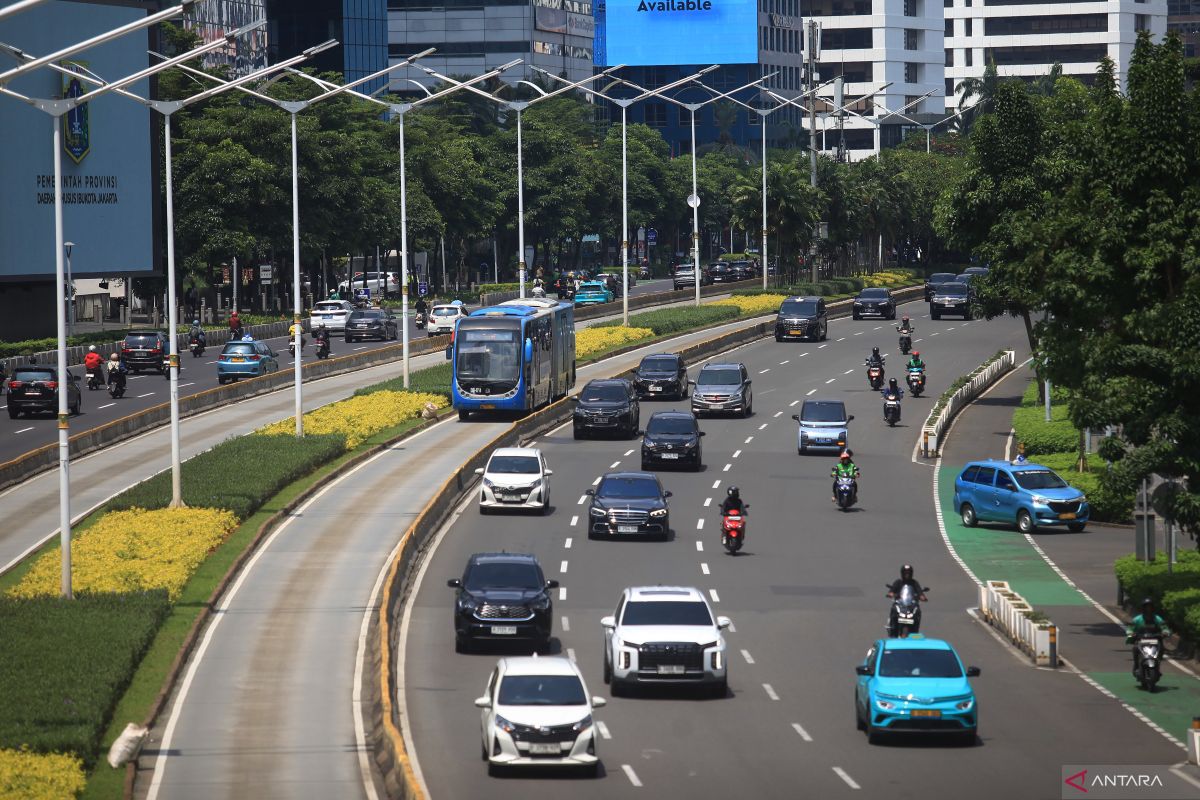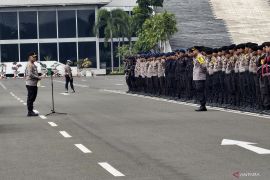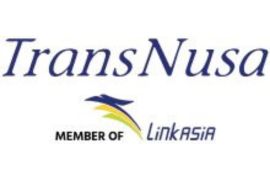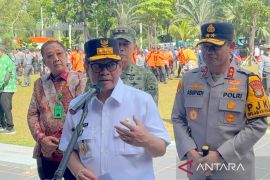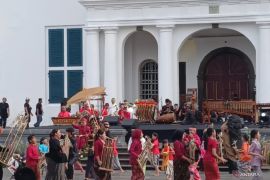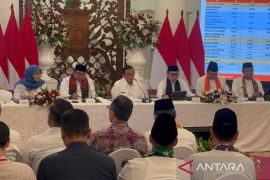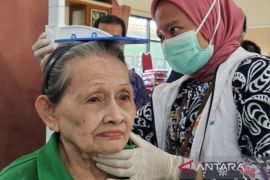“We are using the Intelligent Traffic Control System (ITCS),” Jakarta Governor Pramono Anung said on Wednesday.
The ITCS employs AI to manage and optimize traffic flow in real time. It adjusts traffic lights based on actual conditions, such as the number of vehicles and travel times at intersections, using sensors and software to promptly analyze traffic data.
The system is also integrated with surveillance cameras and communication tools to provide accurate and responsive information about changing traffic conditions.
However, Pramono noted that Jakarta currently has only 65 CCTVs connected to the ITCS—far below the required 321 units.
“We must gradually meet this need in the public’s interest,” he said.
Meanwhile, Jakarta Transportation Service head Syafrin Liputo stated that 25 personnel will be assigned to monitor the CCTVs.
In addition, the regional government plans to launch a call center aimed at resolving public complaints within three hours.
According to the TomTom Traffic Index, Jakarta’s average congestion level is currently 30 percent. This indicates that travel times are, on average, 30 percent longer than they would be in free-flowing traffic.
As a result, traveling 10 kilometers in Jakarta typically takes around 23 to 25 minutes.
These figures reflect daily averages. During peak hours (7–9 a.m. and 5–7 p.m.), travel times tend to increase due to heavier congestion.
The TomTom Traffic Index is an annual global report based on floating car data (FCD), measuring real-time congestion levels in over 500 cities worldwide.
Related news: Jakarta Governor apologizes for Tanjung Priok traffic chaos
Related news: Jakarta's ETLE system catches millions of traffic violations
Translator: Lifia Mawaddah P, Resinta Sulistiyandari
Editor: Anton Santoso
Copyright © ANTARA 2025
